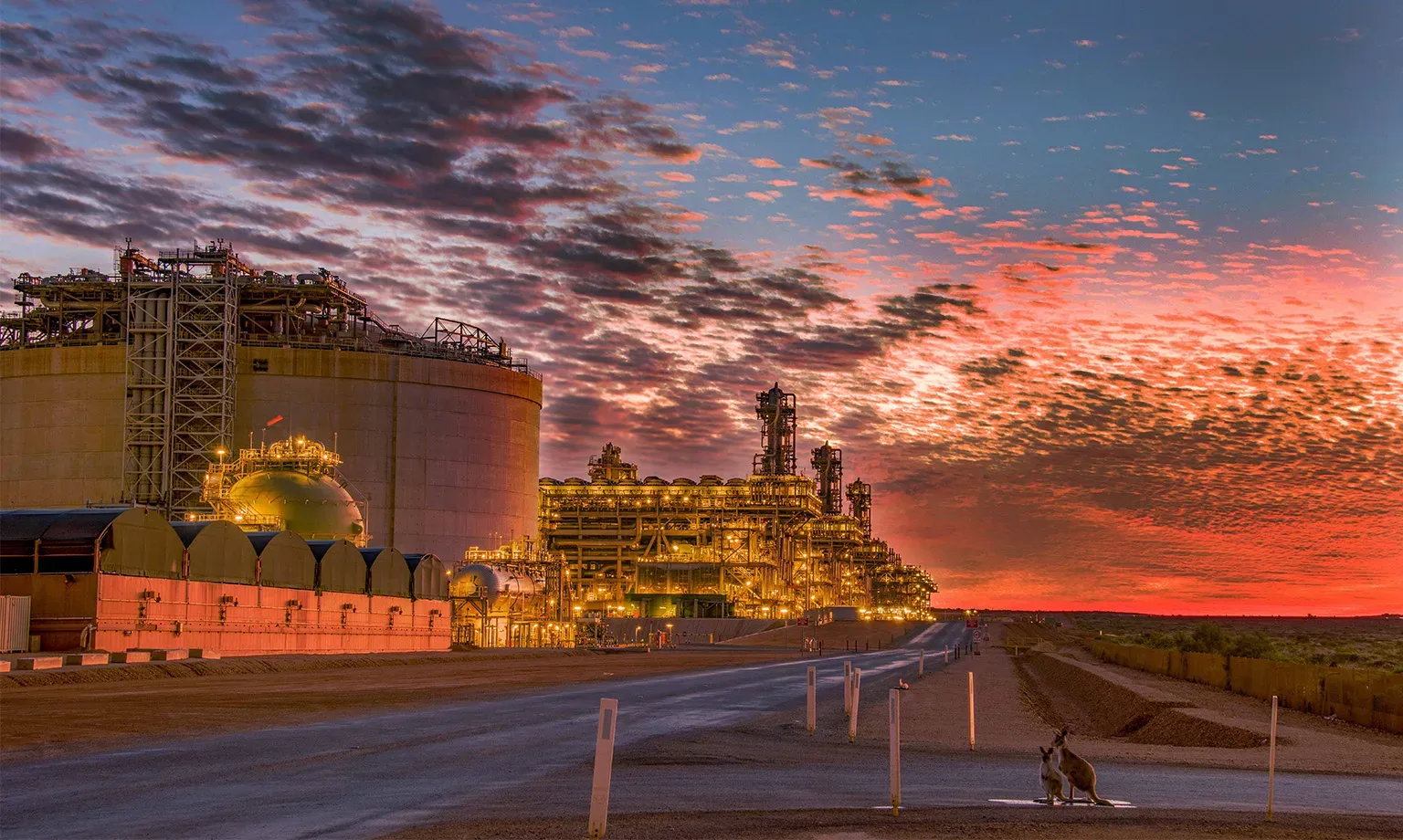SPOTLIGHT ON ENERGY IN AUSTRALIA
Gas is evidently the safety net for Australia’s energy system and key to providing reliable and affordable power to households and businesses. Investment in new gas supply is therefore needed to underpin the net zero transition.
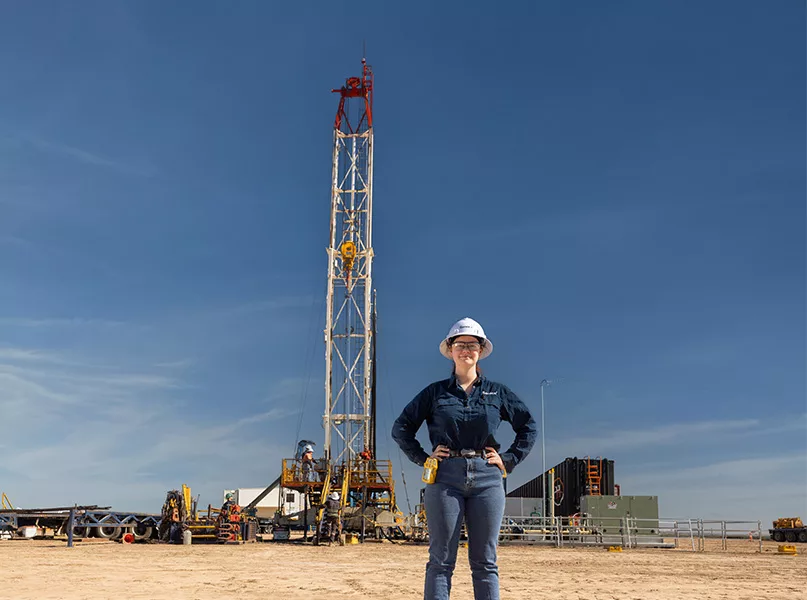
Q&A WITH SAMANTHA MCCULLOCH, CHIEF EXECUTIVE, AUSTRALIAN ENERGY PRODUCERS
Australian Energy Producers, the peak body of the oil and gas industry, supports the net zero transition. Samantha McCulloch, Chief Executive, discusses the importance of natural gas in the country’s energy system transformation
Firstly, could you talk us through the origins of Australian Energy Producers – when was it founded, and what is your mission?
Samantha McCulloch, Chief Executive (SM): Australian Energy Producers represents the nation’s explorers, developers, and producers of essential energy – oil and gas and lower-emission fuels. Our members account for about 95 percent of Australia’s upstream oil and gas exploration and production, ensuring energy security in Australia and the Asia Pacific region and delivering substantial economic benefits to Australians while helping to create a cleaner energy future.
We are focused on ensuring the role of our industry in the net zero energy transformation. That includes unlocking new supply for affordable and reliable domestic energy for households and businesses, as well as delivering liquefied natural gas (LNG) to valued international partners and customers in Asia, where demand continues to present an extraordinary economic opportunity for Australia.
Established in 1959 and known as the Australian Petroleum Production and Exploration Association (APPEA) until September 2023, the name change reflects the growth and evolution of the industry and its long-term role in enabling the transformation of the national and regional energy system.
Our industry is now at the forefront of the net zero energy transformation, unlocking low-carbon hydrogen production and carbon capture utilisation and storage (CCUS) technologies. Our members include great Australian and international companies such as Woodside Energy, Origin Energy, Santos, Beach Energy, Cooper Energy, Tamboran Resources, Central Petroleum, Comet Ridge, Denison Gas, and Senex Energy, as well as global companies such as Mitsui E&P Australia, ConocoPhillips, Shell, ExxonMobil Australia, and Chevron Australia.
Over the past six decades, we have held our annual industry gathering, now known as the Australian Energy Producers Conference and Exhibition, the largest of its kind in the Southern Hemisphere. This year’s event will be held in Perth from 20th to 23rd May.
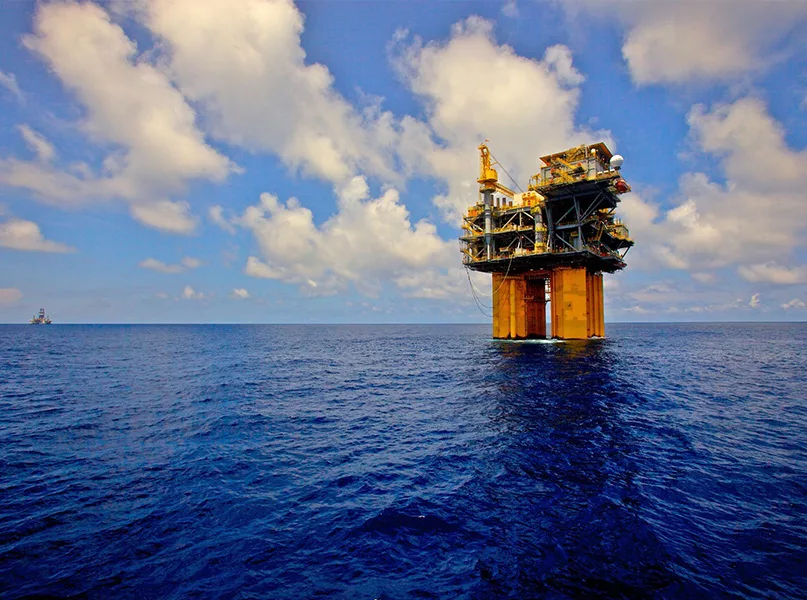
What is your current take on petroleum production and exploration in Australia? Is it a particularly exciting or challenging environment to work in?
SM: Investment in gas supply will be needed by 2050 and beyond to deliver affordable and reliable energy under net zero pathways, according to a new independent Ernst & Young (EY) report commissioned by Australian Energy Producers in November.
EY examined around 350 net zero pathways globally and recommended Australia should prepare for multiple gas production scenarios due to the uncertainty of the energy transformation. They mapped three scenarios specifically for Australia, including finding gas production equivalent to 30 percent above current levels could be required in 2050 if renewables are not able to be rolled out at the rapid scale and pace envisaged in some scenarios.
Even under a faster renewable rollout, Australia would still need 56 percent of current gas production levels in 2050. The study shows gas is a safety net for Australia’s energy transition, and the country needs to plan for both strong domestic and international demand for gas to secure the associated emissions reduction and economic opportunities. Our industry can also enable decarbonisation technologies and fuels, such as CCUS and low-carbon hydrogen production.
However, Australia is at risk of missing out on the opportunity of gas and these emissions reduction technologies as other countries and regions race ahead with clear and targeted policy frameworks that provide the certainty needed for these significant investments. There is increasing competition in the global LNG market as the US and Qatar ramp up investment. Australia has damaged investment confidence in recent years with compounding regulatory interventions, while being far too slow to act to fix the nation’s broken offshore regulatory system, threatening energy security for Australia and our trading partners.
Australia’s petroleum exploration expenditure has also fallen by more than 80 percent in the last decade, and the release of new offshore oil and gas acreage is long overdue. Investment in exploration is key to ensuring the long-term gas supply needed to support energy security and the net zero transformation in Australia and our region.
“Investment in gas supply will be needed by 2050 and beyond to deliver affordable and reliable energy under net zero pathways”
Samantha McCulloch, Chief Executive, Australian Energy Producers
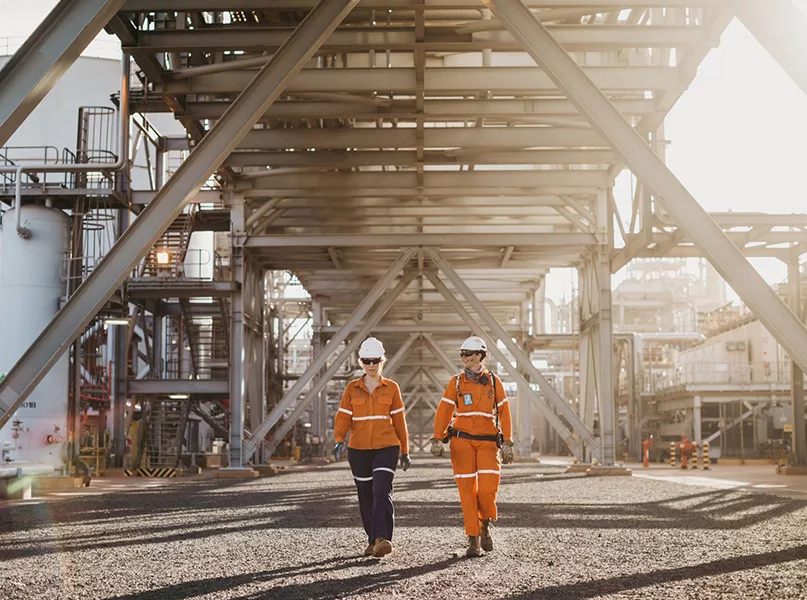
What fundamental role does the oil and gas sector play in the Australian economy, and how pivotal is natural gas to the country’s energy system transformation?
SM: Our industry is fundamental to Australia’s economy and is playing a wider role in the energy transformation. Gas companies delivered an estimated AUD$16.2 billion in revenue to Australian state and federal governments in 2022-23, helping to build hospitals, schools, and roads.
But direct payments to governments are far too narrow of a lens to appreciate the full scope of what our industry contributes economically to Australia and the region. Our members also spent AUD$45 billion with Australian businesses in 2022-23, around 80,000 nationals are directly or indirectly employed in upstream exploration and production, and gas unlocks so many other economic benefits – supporting tens of thousands of jobs in other sectors such as mining and manufacturing, including the processing of the critical minerals required for net zero. Gas provides about 27 percent of Australia’s primary energy use and about 40 percent of the energy used in manufacturing.
Gas is also one of the main sources of electricity generation. As coal exits the system on the east coast, we will need more gas to step up and be that reliable back-up to renewable generation, so we will see gas increasingly become that safety net to ensure the lights are kept on.
“Our industry is fundamental to Australia’s economy and is playing a wider role in the energy transformation”
Samantha McCulloch, Chief Executive, Australian Energy Producers
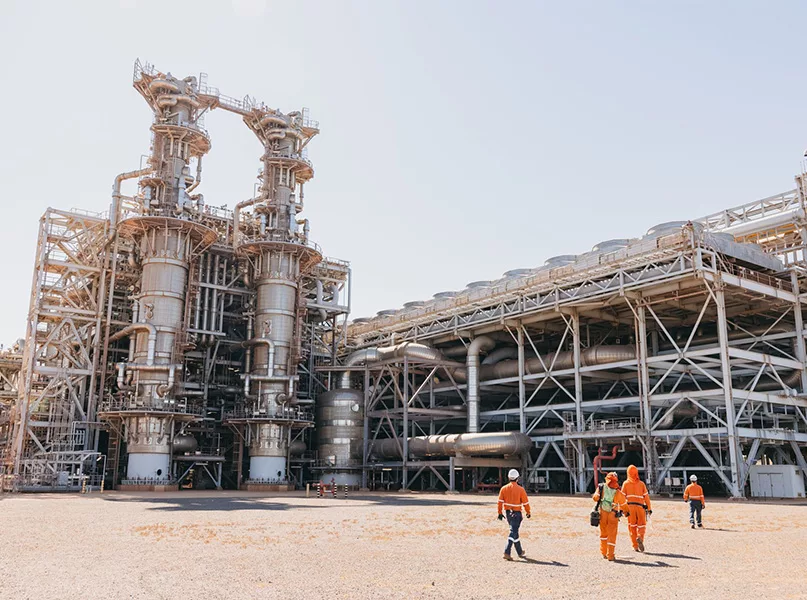
How does Australian Energy Producers represent the country’s upstream oil and gas exploration and production industry?
SM: Our industry and members are a critical partner in delivering the new energy economy and have an important and long-term role in enabling the transformation of the energy system. Our sector has committed to net zero targets across the economy, and as key enablers and partners, we are focused on how to achieve them. We work collaboratively and in partnership with the community, thought leaders, and decision makers.
We work to support Australian and international decarbonisation and energy security. Collectively, we have the workforce, expertise, and infrastructure to help ensure secure, reliable, and lower-emission energy and technology.
Equally, how important is the role of your members in producing around 95 percent of Australia’s oil and gas?
SM: We help to keep the lights on in Australia, from coast to coast. The country’s electricity system is in a fragile position at the moment. We have just seen a winter in Western Australia (WA) where gas generation was up around 30 percent in the June quarter due to lower generation from coal and renewables. This echoed what east coast Australians experienced the previous winter.
We are also supplying around 40 percent of the energy needs of Australia’s manufacturing sector, including making the bricks, glass, and fertilisers that are so important for everyday life and our economy. This is why it is crucial that policy settings support the investment in new gas supply needed for Australian households and industry.
How does Australian Energy Producers support net zero across the economy by 2050, consistent with the objectives of the Paris Agreement?
SM: Australia’s oil and gas industry is committed to net zero emissions across the economy by 2050. The industry is investing in key emissions reduction technologies and renewables.
CCUS and low-carbon hydrogen production are two core focuses. In 2024, the Moomba CCS Project, a joint venture between Santos and Beach Energy, is due to begin operating as the second major carbon capture site in Australia.
The nation’s first site, Chevron Australia’s Gorgon CCS Project at Barrow Island off WA, has already captured one year’s worth of emission reductions required for all 215 facilities under the Commonwealth Safeguard Mechanism. Other members are also investigating carbon capture projects across Australia and developing low-carbon fuels such as hydrogen.
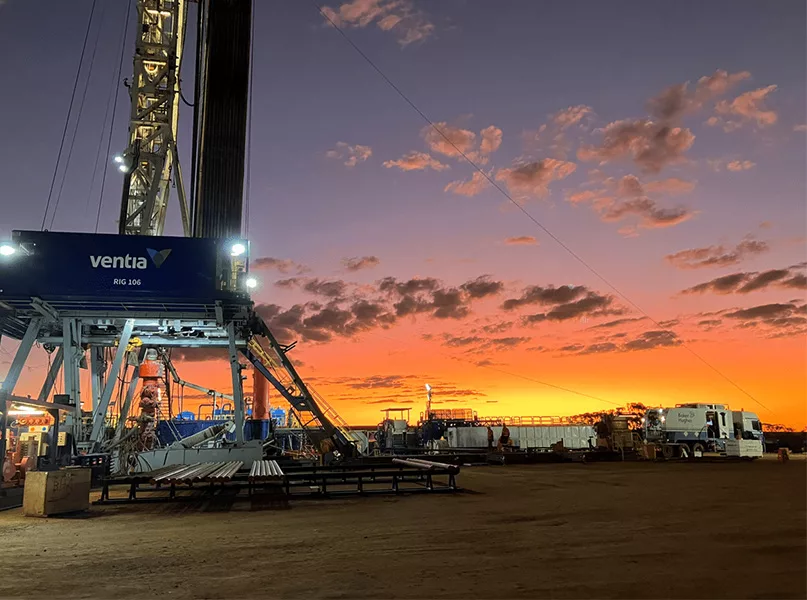
How do you see the Australian energy sector developing over the coming years?
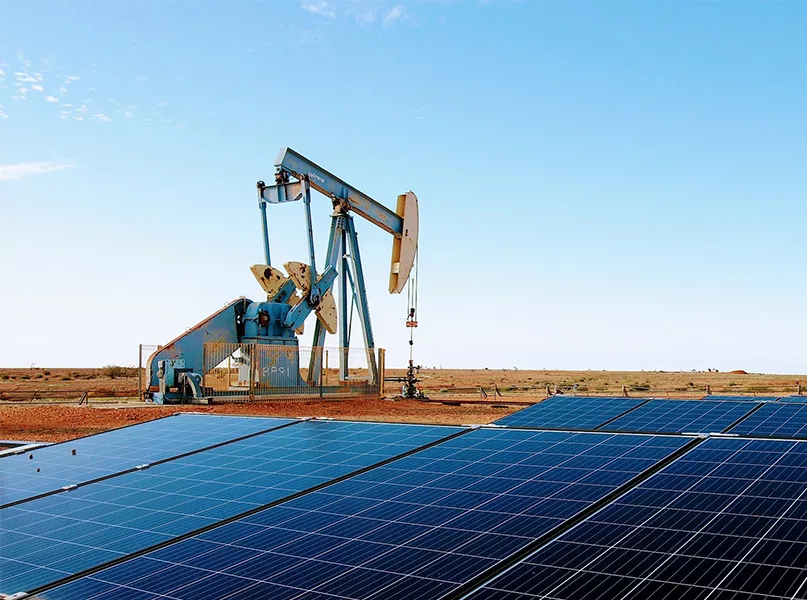
AUSTRALIAN ENERGY PRODUCERS PARTNER




